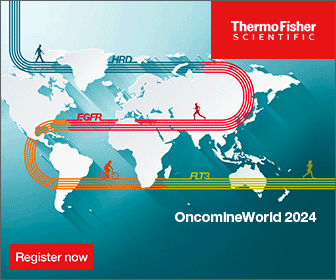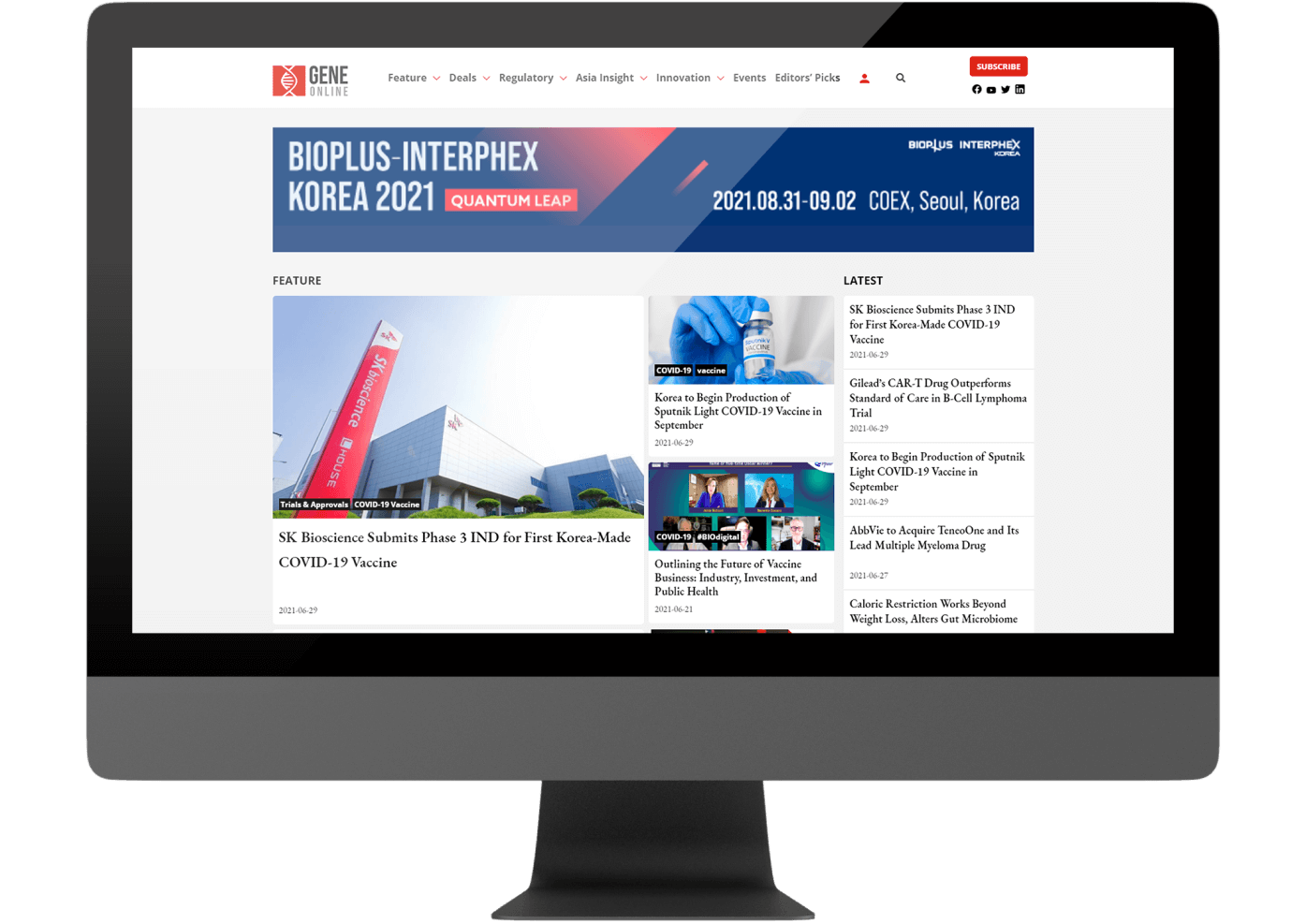TIGIT Immunotherapy: A Ray of Hope for Cancer Treatment?
By T. Chakraborty, Ph.D.
Introduction
Our immune system works to keep cancers at bay by detecting and destroying abnormal cells and preventing their growth and metastases. Immune checkpoint proteins play a key role in regulating the body’s responses by maintaining physiological homeostasis of the immune system. This is because chronic uncontrolled inflammatory responses against pathogens can cause tissue damage and cell death. To prevent this, cells express the immune checkpoint proteins that suppress the immune response to keep a balance between pro-inflammatory and anti-inflammatory factors. But, cancer cells have evolved to take advantage of these checkpoint proteins to bypass the host immune system. Recently, cancer immunotherapy has arrived at the forefront of cancer treatment and targeting the checkpoint proteins have been shown to benefit patients. Among them, T cell immunoreceptor with Ig and ITIM domains (TIGIT) has gained a lot of attention in recent years due to the plethora of roles it plays in several cancers [1]. The high expression of TIGIT expressing lymphocytes in cancer infiltrating cells has further fueled funding agencies and biopharma to invest in anti-TIGIT therapies.
TIGIT Receptor
TIGIT, a recently identified immune checkpoint protein is a member of the immunoglobulin superfamily and is composed of multiple domains, including an extracellular domain, a transmembrane domain, and a cytoplasmic tail. The tail consists of an immunoreceptor tyrosine-based inhibitory motif (ITIM), and an immunoglobulin tail tyrosine (ITT)-like motif, both of which are involved in the post-translational modification and the ensuing regulation of TIGIT activation. Phosphorylation of the cytoplasmic tail in the ITIM domain modulates the inhibitory effect of the TIGIT receptor [2].
TIGIT are receptors on CD+ cytotoxic T-cells and natural killer (NK) cells which can interact with antigen presenting cells (APCs) through different proteins such as CD155 and CD112, thereby suppressing the host immune system. TIGIT inhibits the inflammatory response by competing with different receptors such as CD226 for the same ligands, which are expressed on the APCs [3]. Once the ligand binds to TIGIT, the downstream signaling leads to a decrease in the sensitivity of pro-inflammatory cytokines such as Interleukin 12 (IL12) which reduces the immune response of the body.
TIGIT and Cancer
TIGIT present on NK cells binds to ligands expressed on cancer cells leading to the activation of the oncogenes namely the Src family kinase (SFK) proteins, Fyn and Lyn. Once activated, the ITT domain recruits SHIP1 through adapter proteins Grb2, to block the inflammatory MAPK and PI3K signaling pathways [3]. Further, phosphorylation of TIGIT can inhibit the nuclear translocation of another transcription factor involved in the activation of inflammation, nuclear factor κB (NfκB). Inhibition of these three pathways in conglomeration highly reduces the cytotoxic ability of NK cells [3].
In addition, TIGIT can directly inhibit T-cell maturation, proliferation, and activation by inhibiting the T-cell receptor (TCR) signaling pathway. It also promotes the proliferation and activation of immune regulatory dendritic T cells [2] which in turn blocks the T-cell activation. Further, it is highly expressed in tumor-infiltrating lymphocytes (TIL), including cytotoxic T cells, where it inhibits the activation, and proliferation of TILs thereby promoting cancer propagation. TIGIT further enhances the immune-suppressing activity of T-regulatory cells [5]. All in all, this immune checkpoint receptor reduces the capability of our immune system to fight the propagation or proliferation of cancer cells by inhibiting the cytotoxic NK cells and T cell on one hand and enhancing the regulatory dendritic and regulatory T cells (Treg) [6].
Anti-TIGIT Therapy in Clinical Trials
Due to the diverse function of TIGIT in multiple cell types involved in cancer, it has been a lucrative immunotherapy candidate. Companies like Merck, Genentech, Arcus Biosciences, Bristol‐Myers Squibb, OncoMed Pharmaceuticals and Astellas Pharma, have all developed monoclonal antibodies or inhibitors against TIGIT to be used in clinical trials either as a single or combination therapy with other anti-immuno checkpoint proteins like PD1 or chemotherapy agents [7].
OncoMed Pharmaceuticals reported the results of their Phase 1a which included 18 patients with multiple types of metastatic cancers including colorectal, endometrial, and pancreatic, among others, who were treated with Etigilimab, a monoclonal antibody against TIGIT at varying doses. The results indicated that Etigilimab yielded positive results in the patients and demonstrated a modification of specific T-cell populations in the periphery. In spite of the encouraging results, phase-II for the drug was scrapped by the company [8].
Of the currently ongoing clinical trials, Merck and Genentech have advanced their candidates to phase II and phase III clinical trials respectively, fueling the speculation that anti-TIGIT therapy might be beneficial for cancer treatment beyond the bench-scale results. SKYSCRAPER-02 is the phase III clinical trial which is currently being carried out by Genentech to test the efficacy of their TIGIT inhibitor Tiragolumab in chemotherapy-naive extensive-stage small cell lung cancer patients. With 400 participants, this clinical trial is expected to be completed middle of 2023 [9]. KEYNOTE-01A is the phase II clinical trial by Merck to test the efficacy of their drug MK-3475-01A in “treatment-naïve participants with advanced non-small cell lung cancer”. With 90 participants, this study is expected to be completed in 2032 [10]. Further, Iteos therapeutics has developed EOS-448, an antagonist to TIGIT, which will be going into phase I clinical trials in 2021 [11].
Future Directions
A tumor cell has multiple strategies to bypass the host immune system and remain undetected. Hence, it is highly unlikely that targeting one protein will be able to treat cancer. No two cancer patients are identical and therefore precision immunotherapy is widely considered to be beneficial. Additionally, a combination of immune checkpoint protein inhibitors like LAG-3 or PD-1 along with precision medicine may be a potential new avenue for cancer treatments.
Editor: Rajaneesh K. Gopinath, Ph.D.
Related Article: A New Blood Test Aids in the Early Detection of Over 50 Cancers
References
- https://www.ncbi.nlm.nih.gov/pubmed/27793572
- https://www.ncbi.nlm.nih.gov/pubmed/27793572
- https://www.pnas.org/content/106/42/17858
- https://www.pnas.org/content/109/14/5399
- https://www.ncbi.nlm.nih.gov/pubmed/26413872
- https://www.sciencedirect.com/topics/biochemistry-genetics-and-molecular-biology/tigit
- https://onlinelibrary.wiley.com/doi/full/10.1111/cei.13407
- https://www.mereobiopharma.com/news-and-events/press-releases/2019/update-on-etigilimab-tigit-partnership/update-on-etigilimab-tigit-partnership/
- https://clinicaltrials.gov/ct2/show/NCT04256421
- https://clinicaltrials.gov/ct2/show/NCT04165070
- https://www.iteostherapeutics.com/news/iteos-therapeutics-initiates-phase-12-study-highly-innovative-anti-tigit-antibody-patients
©www.geneonline.com All rights reserved. Collaborate with us: service@geneonlineasia.com









